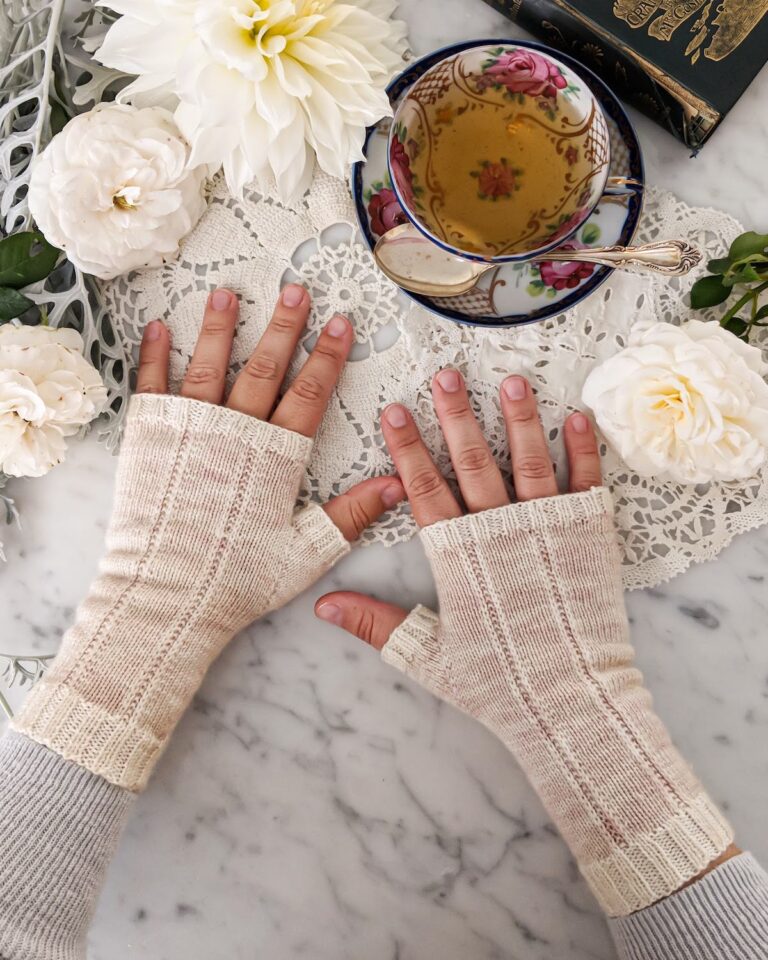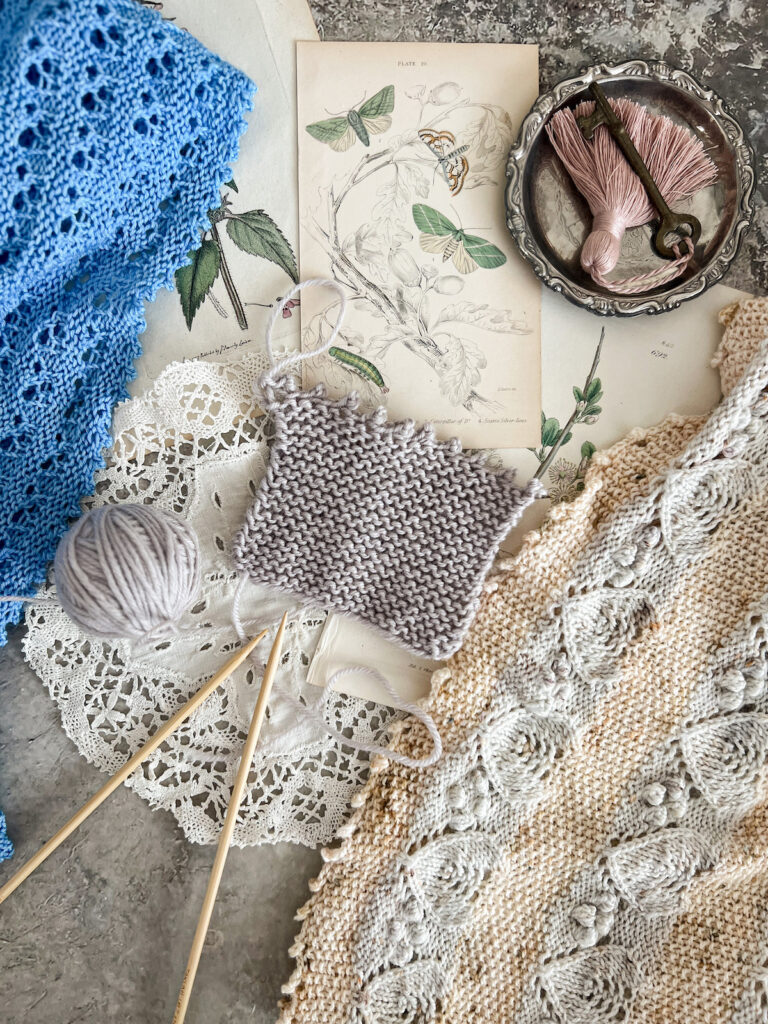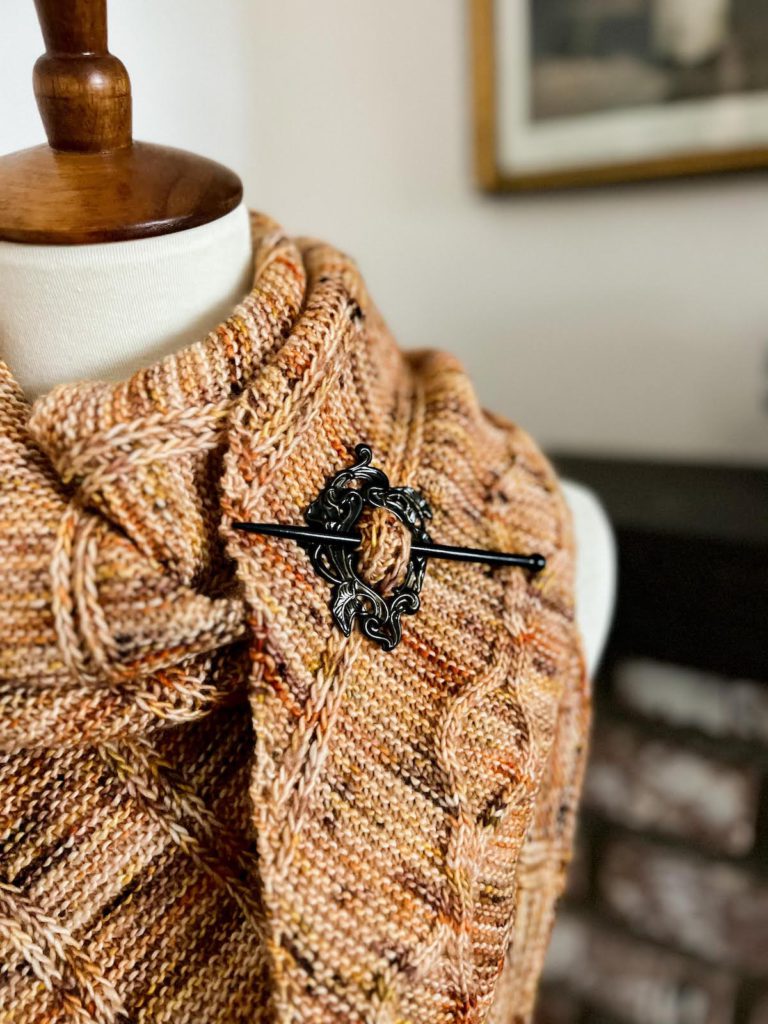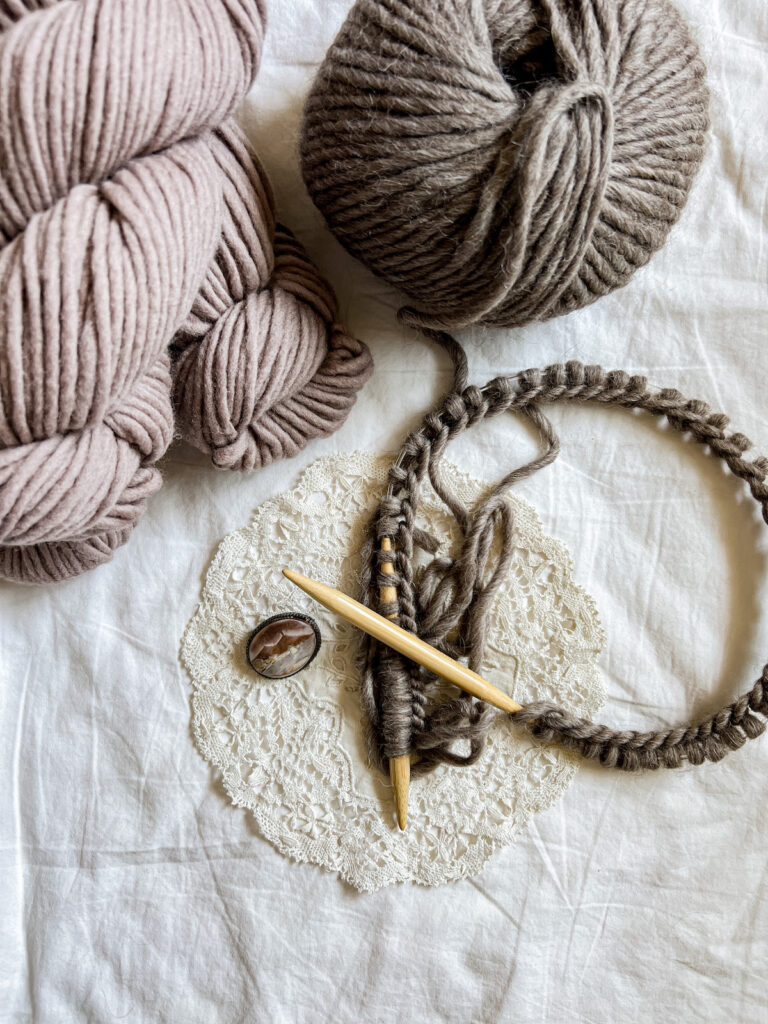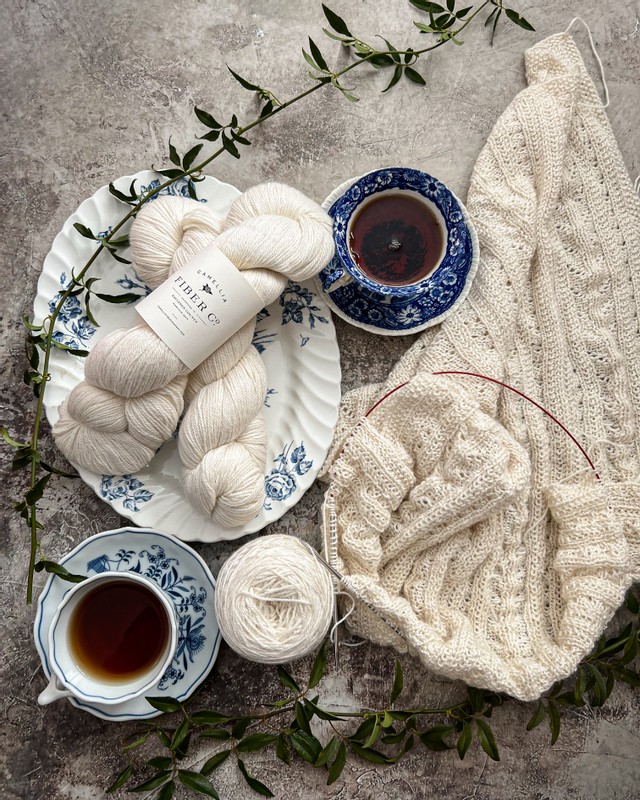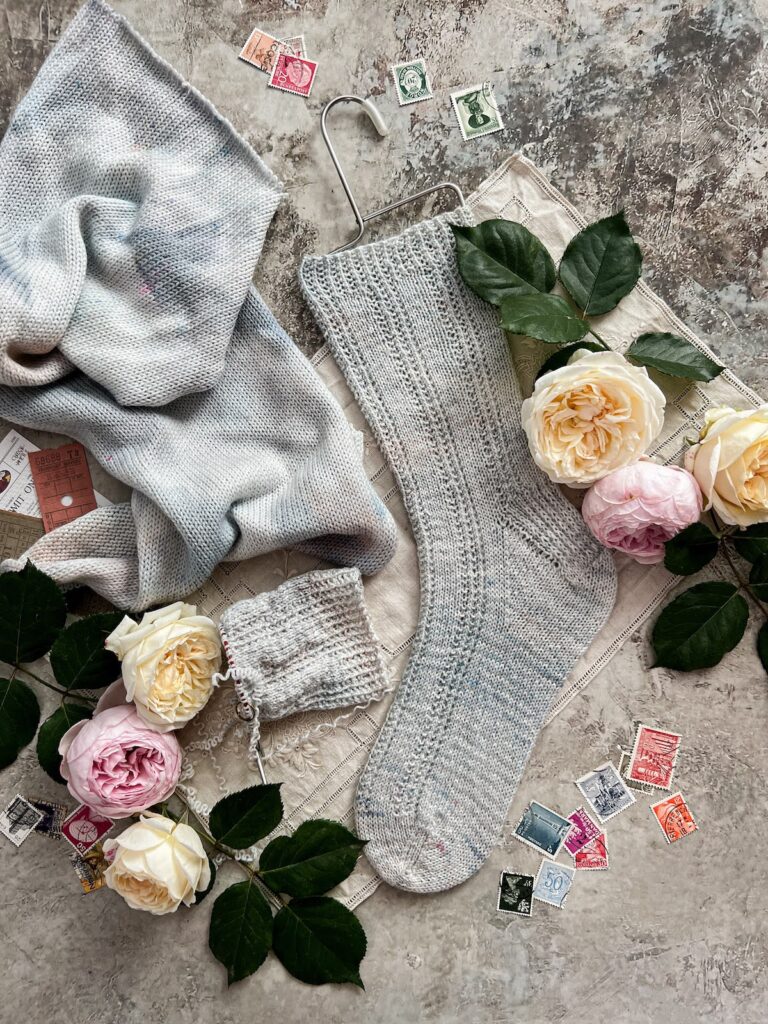When you’re knitting and need to add a new stitch, there is more than one increase method you can choose from. In today’s post, we’re going to explore an easy increase known as KFB.
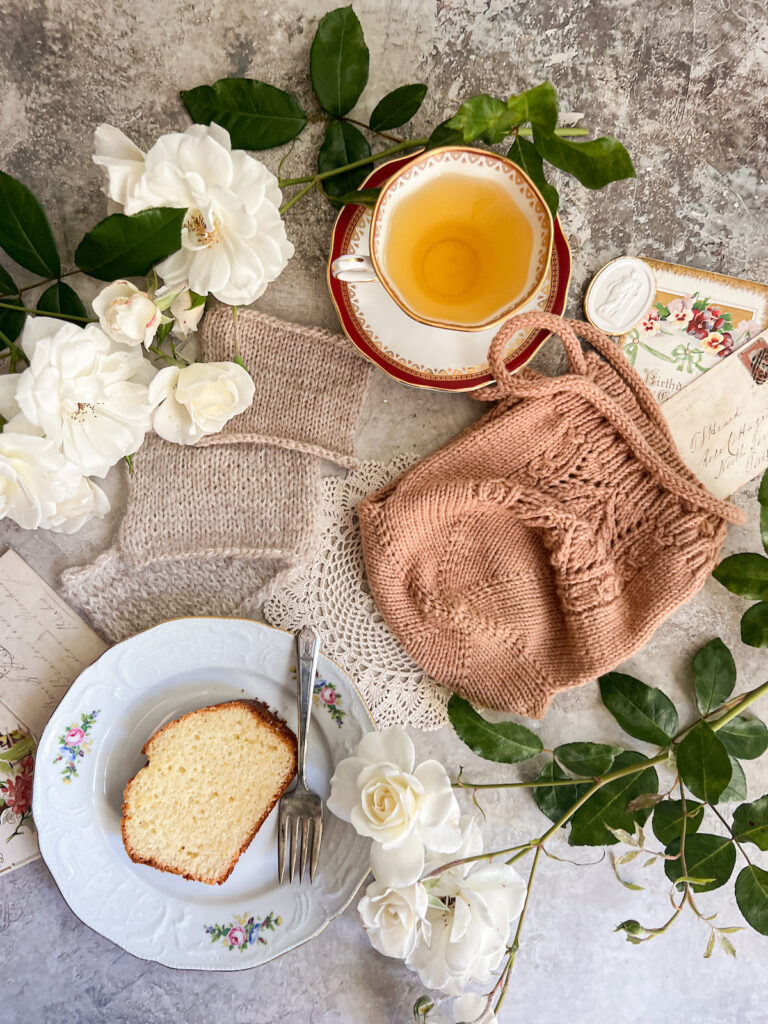
KFB in knitting means “knit front back,” and it refers to a way of making two stitches out of one. Essentially, you are knitting into one stitch twice, leaving you with two stitches where there would otherwise be one. Let’s explore how this works.
How to Knit the KFB
Here’s a step-by-step, with some more detailed explanation below.
1. Knit through the front loop of the stitch. Do not slide the stitch off the left needle.
2. Using the tip of the right needle again, knit through the back loop of the same stitch.
3. Slide the stitch off the left-hand needle and onto the right needle.
To work the KFB, it helps to first know how to knit through the back loop of the stitch. Normally, when you are knitting a stitch, you knit through the front loop, that is, the part of the stitch on the needle that sits in front of the needle. When you knit through the back loop, though, you knit through the part of the stitch that sits to the back of the needle. Here’s a close-up picture showing you both loops.
When you KFB, then, you first knit through the front loop of a stitch and then knit through the back loop of the same stitch. That means, when you knit through the front loop, you don’t slide your new stitch off the left needle yet.
KFB is a single increase, which means it adds one stitch each time you work it. To create several stitches where there was only one before, you can knit into the front and back of the old stitch repeatedly.
Just in case you’d like a visual, here’s a video tutorial.
@abeeinthebonnet Here’s a quick video tutorial I made for a blog post about knitting the KFB increase. I thought it would be helpful to drop it here, too. If you’re curious about other knitting techniques, leave a comment and I can make more videos in the future. #knitting #knittok #knitknitknit #knittersoftiktok ♬ original sound – Lauren
Advantages of the KFB
The KFB is one of the easy methods for adding a stitch to your knitting, so it’s well suited to the beginning knitter. It’s essentially just a stitch you already know, with one extra step. In fact, the only increase I think is easier is the yarn over.
The KFB is also a great increase stitch because it doesn’t disrupt the rhythm of your knitting too much. I like it because it doesn’t really slow me down, and when I’ve settled into a groove with my knitting, I want to keep going with minimal interruptions.
KFB is helpful when knitting sweater patterns where you need to keep track of how many increases you’ve worked, too. Because it makes a little bump at the base of the new stitch, you can easily count the number of stitches you’ve made.
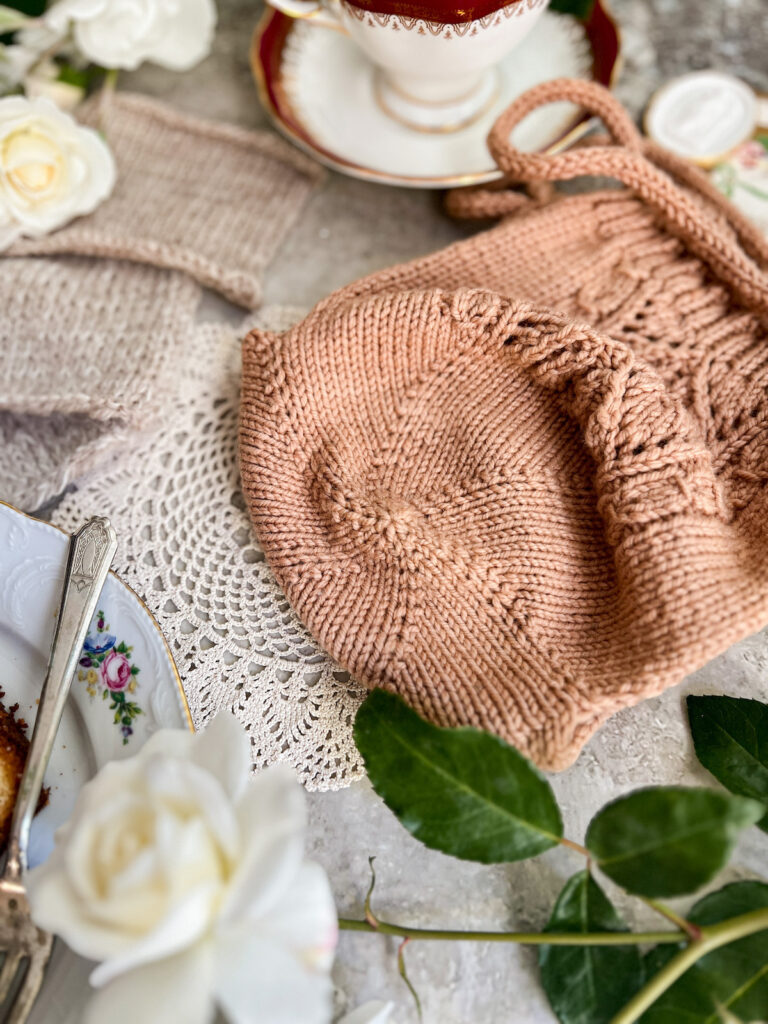
Disadvantages of the KFB
The main disadvantage of the KFB is that it’s a pretty visible increase. When you knit into the back of the loop of the old stitch to make a new stitch, it creates what looks like a purl bump across that new stitch you’re creating. If you’re working stockinette stitch or some other stitch patterns, that can lead to visible bumps across the right side of the fabric.
Of course, if you plan carefully, you can make these little bumps part of your design, like I did with the bottom of my Emily’s Garden Tea Cozy (pictured in this post). This drawback also won’t be such a concern with more textured projects worked in seed stitch or a garter stitch pattern.
Some knitters also report struggling with tension when working a KFB increase. Let’s explore what might be causing that and how to fix it.
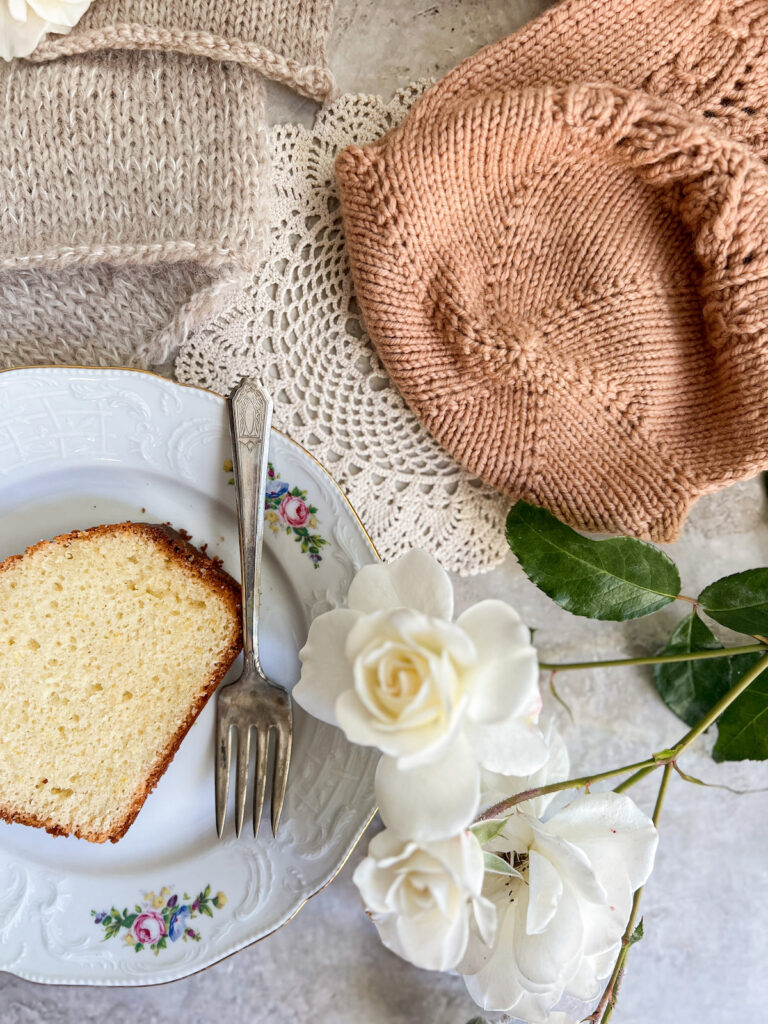
Tension Issues when Using the KFB
Sometimes, knitters report that they struggle with their stitch tension when working the KFB. Usually this will involve a very tight or very loose second stitch. Both can be remedied by adjusting how you tug your working yarn as you make the second stitch.
If your second stitch is very tight, you’re pulling your working yarn too tightly as you draw the yarn through to make the second stitch. Relax your hand that holds your working yarn or even unwind some of the yarn to release the tension (I loop my yarn around my left pinky finger to add tension when I’m working). If you still find the second stitch is too tight, use your right hand needle to pull the yarn out into a larger stitch.
If your second stitch is very loose, you need to increase the tension in your working yarn. Try adding an extra wrap around a finger on whatever hand holds your working yarn. Then, when you’re done pulling the yarn through the back loop to make the second stitch, give your working yarn an extra little tug to keep it good and snug.
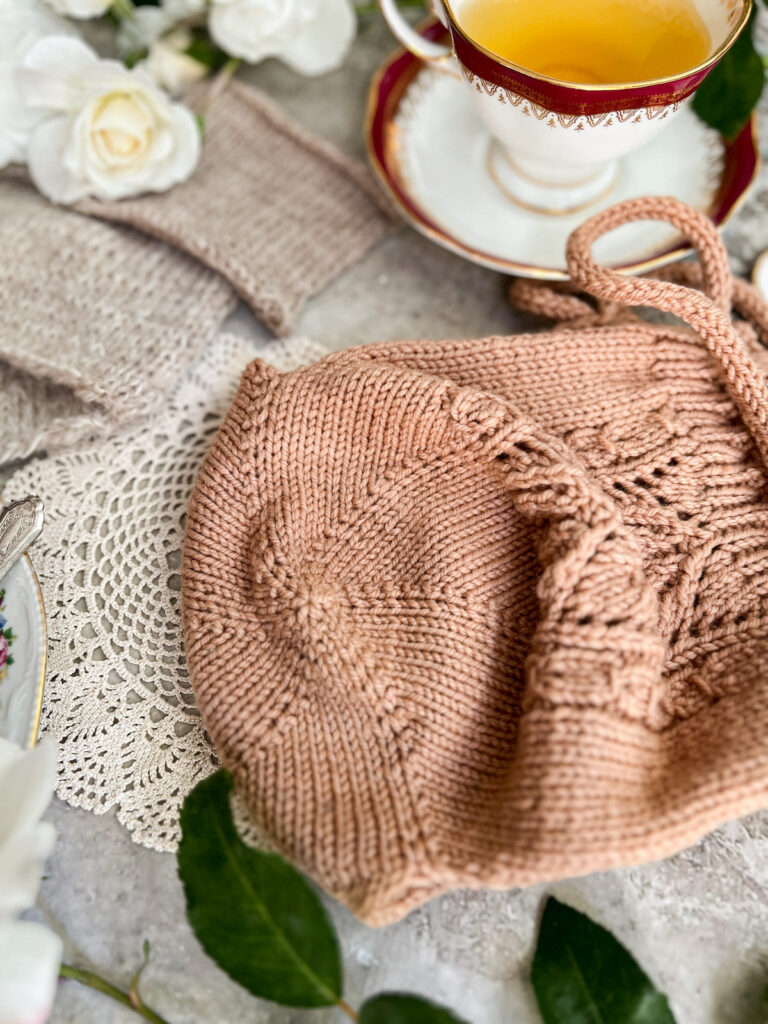
Frequently Asked Questions about the KFB
FAQ: Is KFB a left-leaning increase? Yes. KFB leans to the left because it creates a new stitch on the left side of an existing stitch. Although its leftward lean isn’t as visible as, say, LLI (the left lifted increase), it will over time create a strong lean in your work if you stack several KFBs on top of each other.
FAQ: What is the difference between KFB and PFB? KFB is worked by knitting into the front and back of a stitch, while PFB is worked by purling into the front and back of a stitch. Although the two stitches use the same parts of the existing stitch, the yarn is wrapped differently to create either knit stitches (in KFB) or purl stitches (in PFB).
FAQ: Is KFB the same as M1? No. KFB is worked into two sides of a single stitch. M1 (also known as a bar increase) is an increase made using the bar between two stitches.
FAQ: Can you substitute KFB for M1 in knitting? Yes, but the stitches will look slightly different. KFB is a more visible increase because it has that little bar across the bottom of the second, new stitch. M1 hides better in your work because it just creates a small, twisted stitch between two stitches that already existed. It looks more like a regular knit stitch than the KFB does.
Let’s stay connected!
Join my newsletter for 30% off all new releases, regular updates with helpful tips and tricks, first crack at registration for upcoming workshops, exclusive discounts, and more.
Join the A Bee In The Bonnet Facebook Group to participate in knitalongs and other fun community events
Come hang out with me on the A Bee In The Bonnet TikTok
Follow along on the A Bee In The Bonnet Instagram
Get inspired via the A Bee In The Bonnet Pinterest

